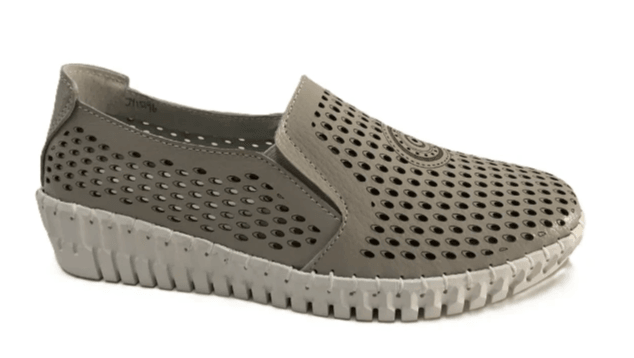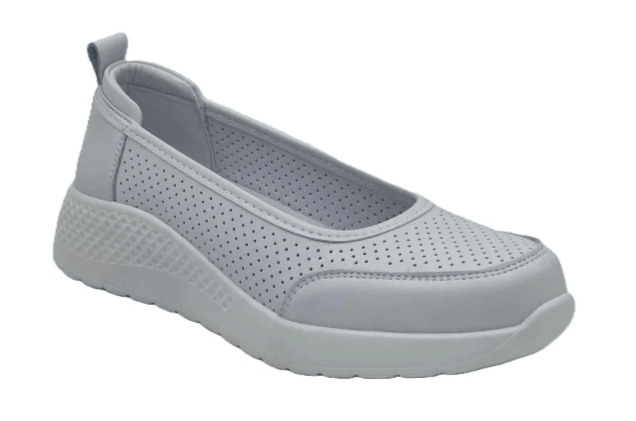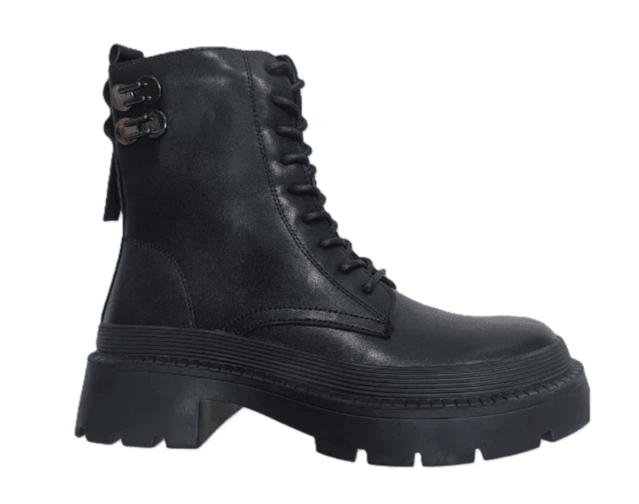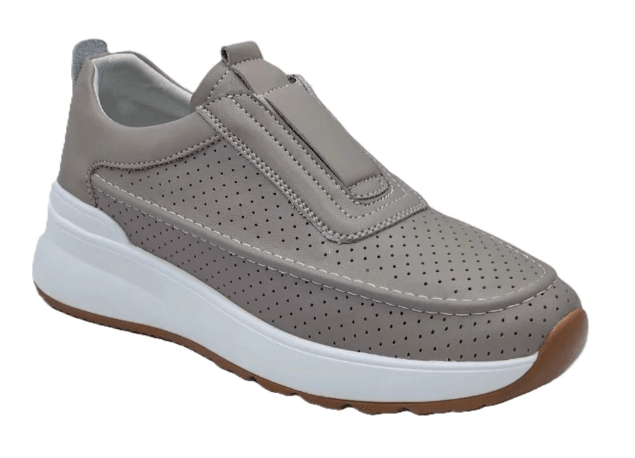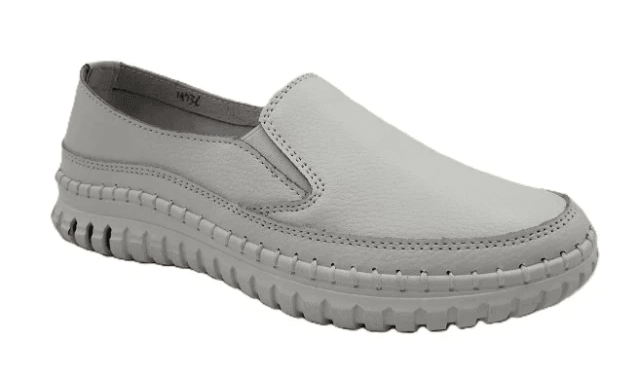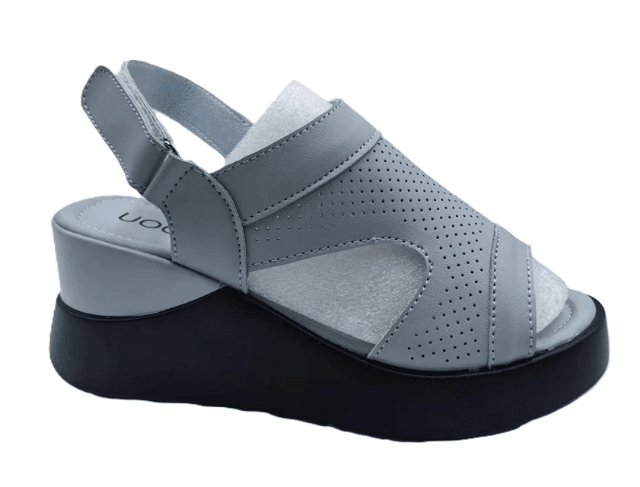For global footwear buyers, understanding foot anatomy is not just a niche skill—it’s a strategic advantage. As demand for personalized and ergonomic footwear grows, aligning your inventory with diverse foot types ensures higher customer satisfaction, fewer returns, and stronger shoes brand loyalty. This guide equips international buyers, wholesale shoe suppliers, and OEM footwear manufacturers with actionable insights to optimize product selection based on foot morphology.
Why Foot Type Analysis Matters in Global Trade
Foot shapes vary significantly across regions due to genetic, cultural, and lifestyle factors. For instance:
Egyptian Foot (longest big toe): Dominant in Middle Eastern and Mediterranean populations.
Greek Foot (longer second toe): Common in European markets.
Roman Foot (even toes): Prevalent in East Asia.
Unfitting shoes can lead to discomfort, health issues, and negative reviews. By partnering with ergonomic shoe manufacturers who prioritize anatomical designs, buyers reduce risks and tap into underserved niches like wide feet footwear or narrow heel sneakers.
Step 1: Identify Key Foot Types and Regional Preferences
A. Egyptian Foot
Characteristics: Gradual slope from the big toe to the smallest toe.
Ideal Styles:
Shoes with Roomy Toe Boxes: Avoid pointed-toe dress shoes; opt for rounded-toe loafers or almond-toe sandals.
Adjustable Features: Hook-and-loop straps or elasticated uppers (e.g., stretchable ballet flats).
Regional Focus: Prioritize these designs for markets in Egypt, Turkey, or Saudi Arabia.
B. Greek Foot
Characteristics: Prominent second toe, requiring extra toe cap space.
Ideal Styles:
Square-Toe Boots or Athletic Shoes with Reinforced Toe Guards: Prevents pressure on the second toe.
Custom Orthotic Insoles: Addresses high arch support needs.
Regional Focus: Key for European buyers in Greece, France, or Germany.
C. Roman Foot
Characteristics: Uniform toe length, suited for versatile styles.
Ideal Styles:
Classic Oxfords or Slip-On Sneakers: Symmetrical designs align with foot shape.
Medium Arch Support: Balances comfort for flat-footed individuals.
Regional Focus: Target East Asian markets like China, Japan, and South Korea.
Step 2: Collaborate with Custom Shoes Manufacturers on Anatomical Designs
Work closely with OEM footwear manufacturers to tailor products:
Custom Shoe Lasts: Provide 3D foot scan data to create region-specific lasts.
Material Innovations: Use breathable knit uppers for Egyptian feet or flexible rubber soles for Greek feet.
Step 3: Educate End Consumers via Retail Partners
Supply retailers with foot-measuring guides or QR codes linking to sizing tutorials. Brands like Clarks and ECCO use this strategy to enhance buyer confidence, especially for orthopedic shoes or diabetic footwear.
For international footwear buyers, mastering foot type analysis is no longer optional—it’s essential for differentiation. By sourcing from anatomical shoe factories and emphasizing custom orthopedic footwear or regional footwear trends, you position your business as a leader in precision-driven global trade.
Ready to align your inventory with global foot diversity? Partner with our OEM ergonomic shoe factory to design footwear that fits every step of the world!

